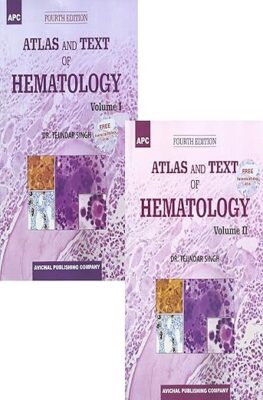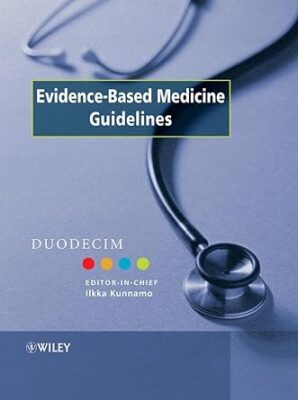Clinical Recognition of Congenital Heart Disease: Expert Consult – Online and Print 5th Edition

Advances in diagnosing and treating congenital heart disease, through cardiac medicine as well as surgery, have allowed many children, who formerly would have died, to survive through childhood and in many cases into adulthood. As a result, cardiologists are spending an increasing amount of time treating such patients, both children and adults, and consequently there is a real need for up-to-date and comprehensive information on this rapidly evolving area.
The extensively revised and fully-updated new edition of this classic text continues to provide unparalleled guidance on all of the clinical features of unoperated congenital heart disease, from birth through to adulthood. Written by a world-renowned authority on congenital heart disease, it offers complete coverage of the signs, symptoms and clinical manifestations of malpositioned, malformed or absent cardiovascular chambers, vessels and valves – using traditional as well as state-of-the-art technology.
- Discusses the history, anatomic features, and physiologic consequences of unoperated congenital heart disease in each chapter.
- Features the expertise of world-renowned authority on congenital heart disease, Dr. Joseph K. Perloff.
- New chapter on Congenital Abnormalities of the Pericardium
- Expanded material on genetics and developmental biology
- Discussion of hot topics such as Ebstein’s Anomoly of the Tricuspid Valve
- Over 1,200 illustrations – all either new or reworked – enabling clear visualization and recognition of malformations

















